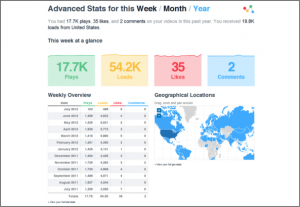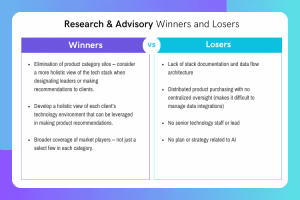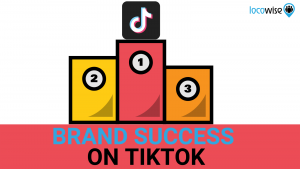 Let’s say a middle-aged man—we’ll call him Frank—is driving his car at night and someone unintentionally blinds him with their high beams, causing him to drive into a ditch. Not a great situation, but now he’s in the market to purchase a new vehicle.
Let’s say a middle-aged man—we’ll call him Frank—is driving his car at night and someone unintentionally blinds him with their high beams, causing him to drive into a ditch. Not a great situation, but now he’s in the market to purchase a new vehicle.
In light of a bad situation, Frank has actually been looking for a good excuse to preach to his wife why he needs a manly Ram pickup truck. His first instinct leads him to begin researching Ram trucks online. He does so much research that by the time he walks into the dealership, he could probably tell you more than the salesman selling the truck.
This is the core of the buyer’s journey, and you want to be at the forefront of each stage of someone doing their research and making a decision.
Whether you’re a dealership trying to capture Frank’s attention or any business selling a product or service, you’re going to have to cut through the competition with as much visibility as possible if you want to be successful—and that begins with online search.
When entering the black hole of the internet, we’re full of why questions, especially when we want to get the most from our business. It’s no secret that consumers have drastically changed the way they interact with brands. They’re beginning to shop smarter, do more research, compare you to Competitor X, etc. For this reason, it makes marketing to consumers more difficult, especially if you’re doing so organically.
Here are four tips to help you get your visitors from searching organically to clicking your landing page:
Every page is a landing page:
Keep in mind that every page you create on your website is a landing page, not just the pages you plan as landing pages. Your privacy policy, FAQ pages, expired coupons – these can all trigger results in organic search pages and play a role in capturing your consumers’ attention and encouraging them to convert.
To put this into perspective, envision Dorothy from the Wizard of Oz dropping out of the sky. Like Dorothy, your visitors are dropping randomly on a page of results that claim to have something in common with the visitors’ search. Your job is to make certain that these shoppers know where they are, how to proceed, and why they want to do business with you. This is achieved through compelling title tags and meta descriptions with a time-sensitive call to action.
Branded keywords:
If your business sells pocket watches, you don’t want your target keyword to include your business’ name. (Now if you’re a household name, that’s a different story.)
Your average shopper looking for pocket watches has established a need but doesn’t know where he wants to buy. By searching pocket watches (or something more descriptive), these searchers will likely land on your category because they send the strongest relevance and authority signals for non-branded keywords.
Local keywords:
Let’s say you’re a car dealership, and you want to capture Frank’s attention that you sell Ram 1500 trucks at a location near him. Through a tool like Google Analytics, you can closely monitor what terms users are searching for and optimize your landing page accordingly.
In this example, your landing page to attract Frank should have a title tag that reads something like “Ram 1500 Truck Malvern PA” and then link that page to your Ram 1500 inventory. With a product description that matches Frank’s need accompanied by a geo-targeted area that matches where he lives, his natural instinct will be to see what you’re all about.
BOOM! Now watch your click-through rate soar! For more information on this, click here.
Optimizing your landing page for conversions:
Once you’ve gotten a visitor to click on your landing page organically, whether it was from a great title tag, meta description, or geo-targeted keyword, it’s time to get down to business. Put on a mentality of, “If this were the first page I saw, how I can make it as easy as possible to take action?” Make it your goal to find as many as you can!
To begin, your page should have a visible and comprehensive headline that describes what the page is about. If you don’t have one, you risk losing customers to the search engine results pages and having an increased bounce rate.
Another piece of advice is to always include a call to action, such as Buy Now, Request More Information, or Contact Us Today. This will help move consumers through the buyer’s journey and ultimately impact your bottom line.
If you take these four tips into consideration, you’ll benefit substantially by seeing improved click-through rates and a better opportunity process!
Stream’s Kick-Start Step
Always be sure that your page solves a prospect’s challenges at first glance, provides easy-to-find resources, has strategically placed calls to action, and makes it easy for a visitor to contact you when ready to make a decision.
Ready to start dominating the search results? Learn how to create killer landing pages by downloading our FREE eBook 7 Little Known but Highly Effective Secrets to Creating Killer Landing Pages to kick-start your optimization efforts.
(111)






